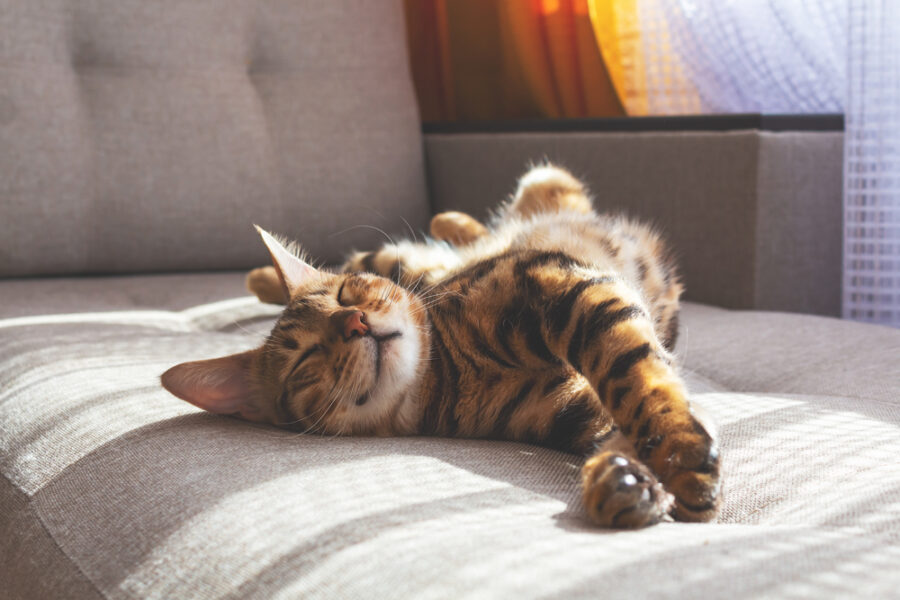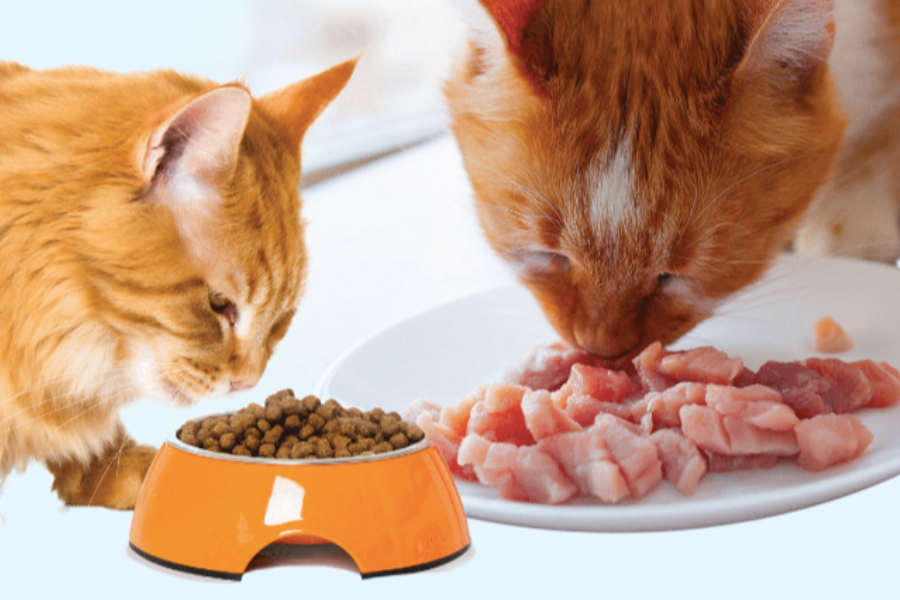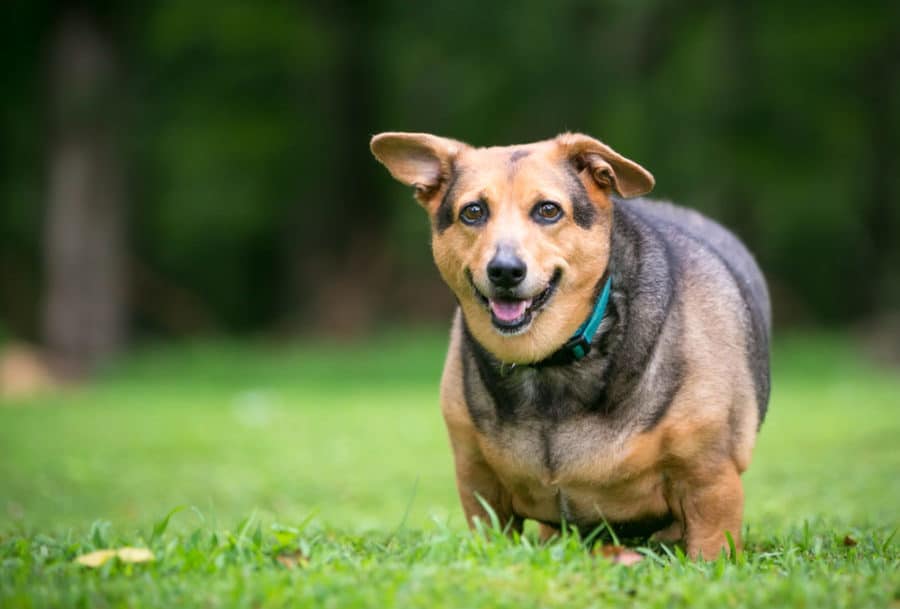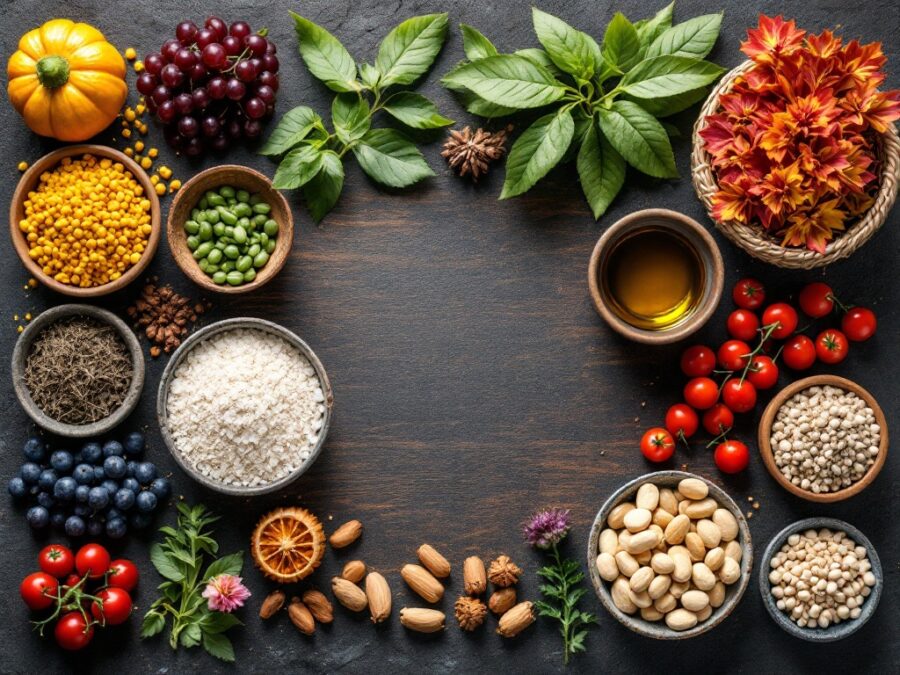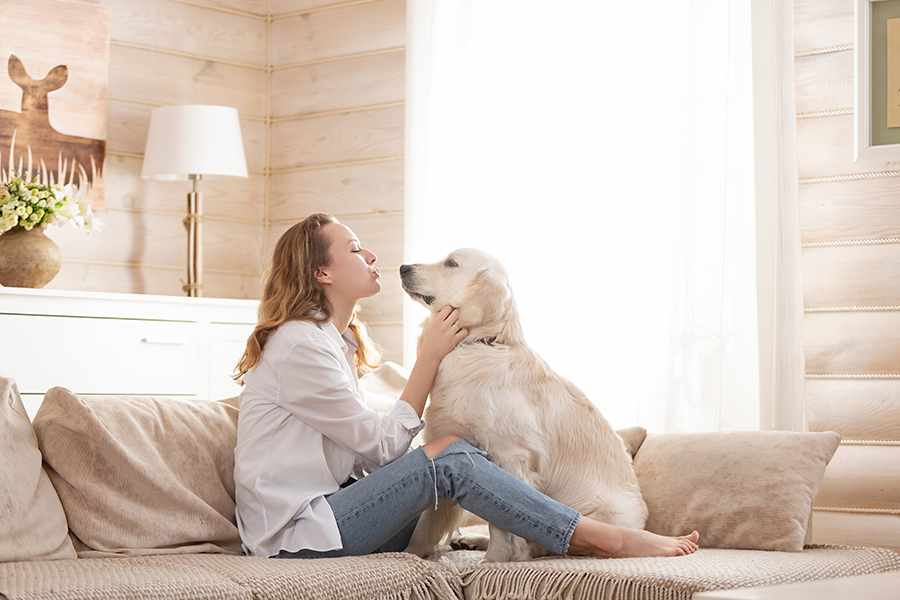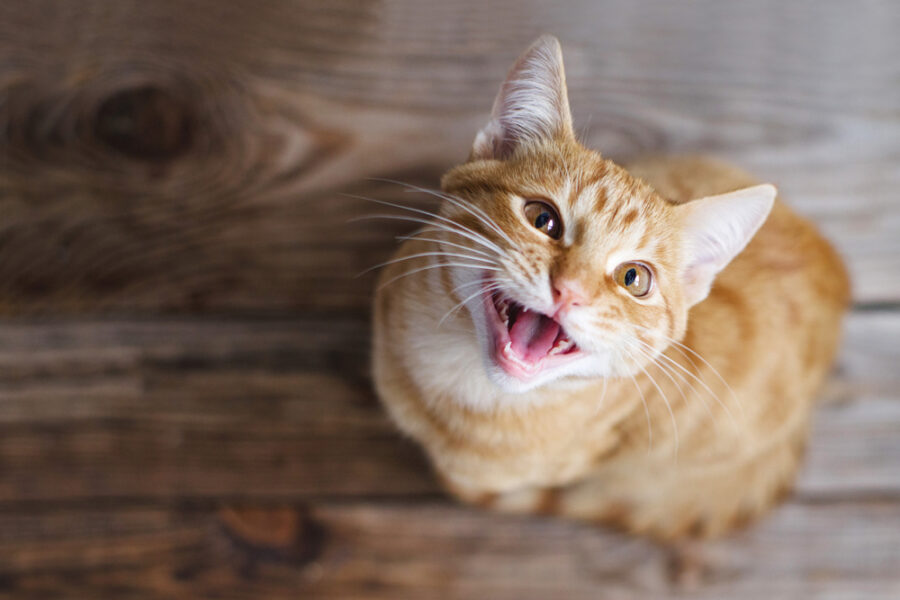Feline colitis is an inflammation of the colon in cats, causing diarrhea, abdominal discomfort, changes in appetite, and other symptoms. Traditional Chinese Veterinary Medicine (TCVM) has a lot to offer for the treatment of feline colitis. This ancient holistic approach aims to restore balance and harmony within the body by addressing the underlying patterns of disharmony or imbalance. The primary modalities used in TCVM are acupuncture, herbal medicine, food therapy, and Tui-na (Chinese massage). This article looks at how these modalities can help feline patients with colitis.
PATTERNS OF DISHARMONY IN FELINE COLITIS
In cases of feline colitis, TCVM practitioners assess the animal based on four diagnostic methods: inspection, listening and smelling, inquiry, and palpation. They then identify patterns of disharmony associated with the condition, which often include:
- Spleen Qi Deficiency
- Liver Qi Stagnation
- Damp-Heat in the Large Intestine
- Kidney Yang Deficiency
- Blood Stasis
- Cold-Damp Invasion
While these disharmonies can affect any cat, they are more common in those of certain ages, breeds, and predispositions.
1. SPLEEN QI DEFICIENCY
A deficiency in the energy required to transform and transport nutrients results in digestive issues. Weak digestion, loose stools or diarrhea, and a lack of energy characterize this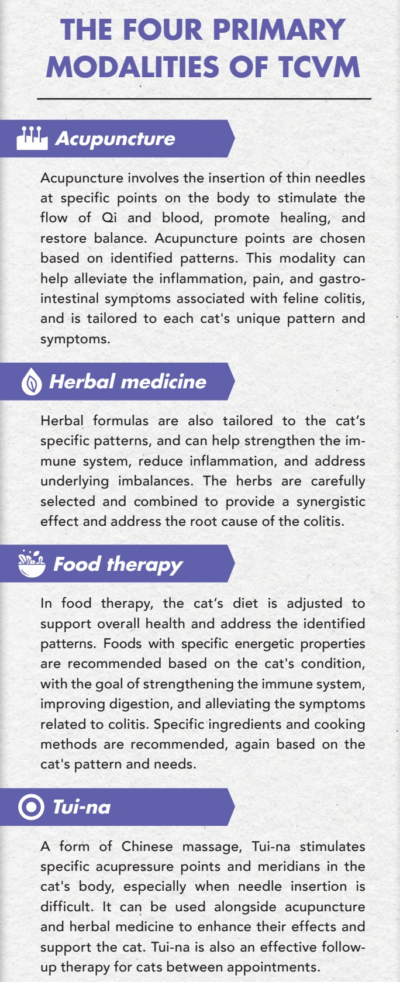 pattern. Cats may also exhibit poor appetite, weight loss, and a pale tongue with a thin white coating.
pattern. Cats may also exhibit poor appetite, weight loss, and a pale tongue with a thin white coating.
Susceptibilities
- Age-related changes in the digestive system can contribute to decreased nutrient absorption and weakened Spleen Qi.
- Some breeds are predisposed to, or have a history of, gastrointestinal issues, obesity, chronic disorders, or metabolic disorders.
- A sedentary lifestyle or obesity weaken the Spleen’s function.
- Overfeeding or providing a diet high in processed or difficult-to-digest plant protein and/or high-carbohydrate foods can contribute to the problem.
Treatment
Supporting digestion and strengthening the Spleen is essential.
- Acupuncture points: ST36 (Zusanli), SP6 (Sanyinjiao), CV12 (Zhongwan), BL20 (Pishu)
- Herbal formulas: Shen Ling Bai Zhu San, Bu Zhong Yi Qi Tang
- Food: should be warm and easy to digest, including lean proteins like chicken or turkey and cooked vegetables like pumpkin or sweet potato. Avoid raw vegetables or cold foods, as they can exacerbate the deficiency.
2. LIVER QI STAGNATION
This pattern is often seen in cats experiencing stress or emotional disturbances. Stressful environments, lack of mental stimulation, or confinement in small spaces can increase stress and anxiety, leading to Qi stagnation. Symptoms include irregular bowel movements, alternating diarrhea and constipation, and abdominal pain. Cats may also show signs of irritability, depression or anxiety.
Susceptibilities
- Middle-aged or older cats with prolonged stress, emotional disturbances, or an unhealthy lifestyle can be susceptible. As cats age, their ability to handle stress may decrease, leading to stagnant liver energy.
- Some breeds are predisposed to stress, anxiety, or behavioral issues.
- Cats with a history of liver disease, hormonal imbalances, or chronic stress are prone to this pattern.
- Cats with breed-specific liver or metabolic issues could also be at a higher risk.
Treatment
The focus is to soothe and relax the Liver while promoting the smooth flow of Qi.
- Acupuncture points: LR3 (Taichong), GB34 (Yanglingquan), ST25 (Tianshu), BL18 (Ganshu)
- Herbal formulas: Xiao Yao San, Chai Hu Shu Gan San
- Tui Na
- Food: provide those with calming effects, like leafy greens and lean proteins such as turkey. Avoid feeding overly rich or greasy foods, as they can contribute to stagnation.
3. DAMP-HEAT IN THE LARGE INTESTINE
This pattern is characterized by inflammation and infection in the colon, leading to symptoms like diarrhea with foul-smelling, mucus-laden stools, increased thirst, fever, and a red tongue with a yellow, greasy coating. Damp-Heat accumulates in the colon, leading to inflammation.
Susceptibilities
- Younger cats with weaker immune systems may be more susceptible to infections that can develop Damp-Heat.
- Older cats with weakened immune systems may also be at risk due to age-related changes.
- Breeds predisposed to infections, immune system issues, or skin allergies may be more susceptible. Certain breeds are predisposed to inflammatory bowel disease, which can be associated with Damp-Heat in the Large Intestine.
- Poor hygiene, exposure to environmental toxins, and lack of access to clean water can increase a cats susceptibility to infections and inflammation, with potential for Damp-Heat.
- A history of infections, inflammatory bowel disease, immune system issues, and prior medical conditions that have compromised the cats immune system or gastrointestinal health also raise the risk.
Treatment
The focus here is on clearing Heat and Dampness.
- Acupuncture points: ST25 (Tianshu), LI11 (Quchi), LI4 (Hegu), ST37 (Shangjuxu), CV6 (Qihai)
- Herbal formulas: Ge Gen Huang Lian Huang Qin Tang, Ba Zheng San
- Foods: Cooling foods like rabbit and whitefish are best.
4. KIDNEY YANG DEFICIENCY
This pattern leads to an inability to warm and transform food, resulting in digestive dysfunction. Symptoms include loose stools, diarrhea with undigested food particles, cold extremities, and lethargy. A weak lower back and pale tongue are also characteristic of this pattern.
Susceptibilities
- Kidney energy naturally declines with age and can lead to weakened Kidney Yang, making older cats more susceptible to chronic conditions and imbalances related to this pattern.
- Certain breeds may have a higher risk of developing kidney issues that contribute to this pattern. For example, Persian cats are prone to polycystic kidney disease.
- A cold or damp living environment impairs the bodys ability to generate and maintain warmth.
- A diet low in protein or essential nutrients can weaken Kidney Yang.
- Cats with a history of kidney disease, urinary tract issues, or hormonal imbalances are at higher risk.
- Prior medical issues impacting kidney function or overall health also raise susceptibility.
Treatment
Supporting Kidney function is crucial for this pattern.
- Acupuncture points: BL23 (Shenshu), KI3 (Taixi), GV4 (Mingmen), CV4 (Guanyuan)
- Herbal formulas: Jin Gui Shen Qi Wan, You Gui Wan
- Food: give warming foods like cooked lamb, beef, chicken, and small amounts of ginger. Avoid cold and raw foods, as they can further weaken Kidney Yang.
5. BLOOD STASIS
This pattern can result from long-term inflammation or injury to the colon, as blood circulation is impaired. Symptoms include constipation or diarrhea with dark, tarry stools, abdominal pain, a purple tongue with dark spots, and severe abdominal pain.
Susceptibilities
- Older cats are prone due to the increased likelihood of long-term inflammation, injury, or chronic conditions. Age-related changes in circulation and blood vessel elasticity can also contribute.
- Certain breeds are predisposed to circulatory issues, cardiovascular disorders, or clotting problems.
- Cats with a sedentary lifestyle, or those recovering from injury or surgery, may have reduced circulation.
- Chronic stress or exposure to environmental toxins can contribute to inflammation and blood stasis.
- A history of circulatory issues, cardiovascular conditions, clotting disorders, or long-term inflammation can also be a contributing factor.
- Previous medical conditions may impact the cats blood circulation or vascular health, and lead to the development of this pattern.
Treatment
Promoting blood circulation and removing blood stagnation is essential.
- Acupuncture points: SP10 (Xuehai), BL17 (Geshu), LI11 (Quchi), ST37 (Shangjuxu), SP6 (Sanyinjiao)
- Herbal formulas: Tao Hong Si Wu Tang, Xue Fu Zhu Yu Tang
- Foods: focus on lean proteins like chicken or turkey, dark leafy greens, and small amounts of turmeric.
6. COLD-DAMP INVASION
This pattern is characterized by the sudden onset of diarrhea, which may be watery or contain mucus, along with abdominal pain. Cats may also exhibit a lack of appetite, vomiting, and a pale tongue with a white, greasy coating.
Susceptibilities
- Younger or older cats with weakened immune systems may be more vulnerable to external pathogens that can lead to this pattern. Age-related changes in the digestive system make older cats more prone.
- Breeds predisposed to gastrointestinal issues, weak immune systems, or skin allergies, as well as those with specific dietary sensitivities, are susceptible.
- Living in a cold, damp environment, or eating a diet high in raw or cold foods, are risk factors.
Treatment
The goal here is to expel cold and dampness from the body.
- Acupuncture points: ST25 (Tianshu), ST36 (Zusanli), CV6 (Qihai), SP9 v(Yinlingquan), BL20 (Pishu)
- Herbal formulas: Li Zhong San, Wu Mei San
- Food: give warming and drying foods like cooked chicken, turkey, and pumpkin.
When using TCVM to treat a cat with colitis, its crucial to identify and understand these specific patterns of disharmony. A TCVM practitioner can then create a comprehensive plan utilizing several or all modalities at their disposal to restore balance and harmony within the cats body.

